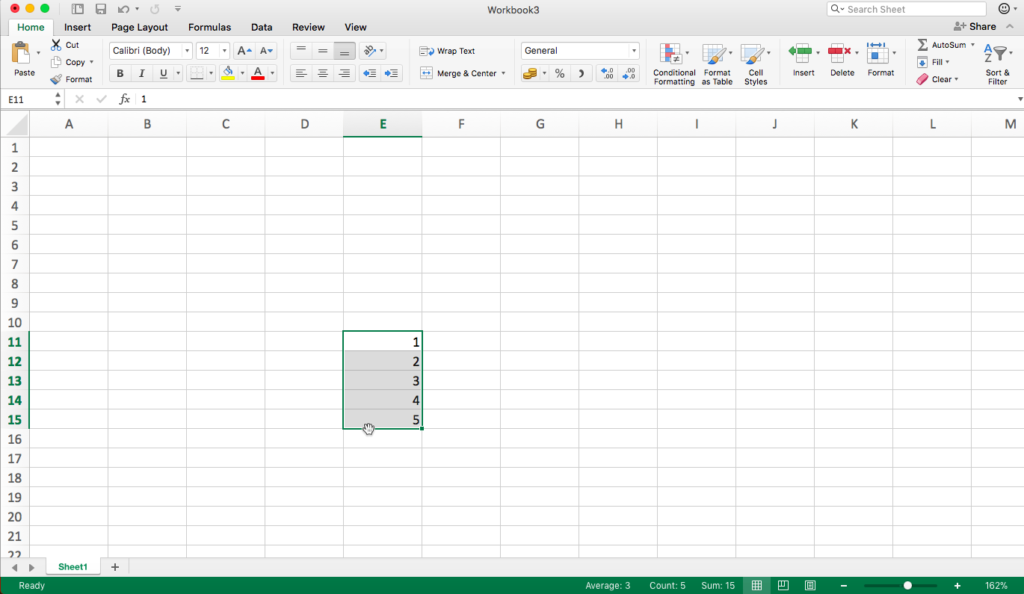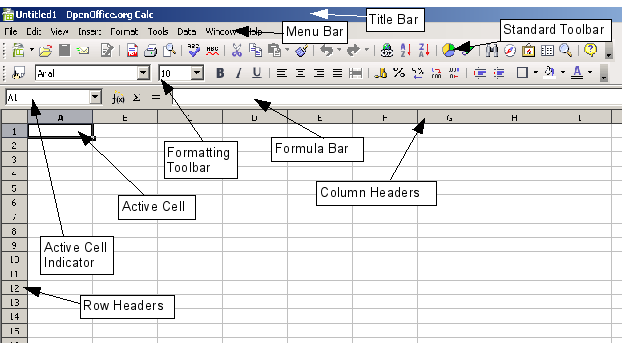

- OPENOFFICE CONDITIONAL FORMATTING MORE THAN THREE HOW TO
- OPENOFFICE CONDITIONAL FORMATTING MORE THAN THREE FREE
Please note that you have to fix the column by making it absolute using $ sign with it, and keep the row number free or relative to change. =MONTH($B2)=4įirst, select the data range A2:C13, then go to:Ĭonditional Formatting (on the Home tab) > New Rule> Use a formula to determine…> Enter the above formula in Edit Rule Description window> Choose the Format Fill to preview and press OK If you want to highlight the invoices in data range of A2:C13 which are due in the month of April, then you need to test the IF/THEN logical condition on date range in column B, if the month is equal to April, by using following custom formula in conditional formatting.
OPENOFFICE CONDITIONAL FORMATTING MORE THAN THREE HOW TO
Let’s look at the scenarios to see how to use IF/THEN logical test in conditional formatting to highlight the targeted values. Examples using conditional formatting with IF/THEN conditions You can also use logical functions like AND and OR to create a rule set and apply conditional formatting in Excel. You can apply more than one condition by creating more than one rule in conditional formatting. So, you can see that it requires two rules to perform the conditional formatting, one for greater than 100, and one for less than 100. It must return TRUE for conditional formatting to be applied.įor example, if you want to apply conditional formatting using a condition that “If a cell value is greater than a set value, say 100, then format the cell as RED, else format the cell as GREEN”. Conditional formatting is applied using IF/THEN logical test only. =IF (logical_test,, )īut in conditional formatting, IF/THEN/ELSE syntax cannot be applied in a single rule. For example, “if the given argument is TRUE, THEN return this value, ELSE that value.” The IF function performs a logical test and returns one value for a TRUE result and another for a FALSE result.Ĭombine conditional formatting with an IF statement The IF function works on the IF/THEN/ELSE condition syntax. If you were to change the formula to =NOT(B2>A5) it would return TRUE and the cell would be formatted.Read time: 29 minutes One of the methods to achieve Conditional formatting based on a custom formula is using the IF statement. In this case A5 is greater than B2, so the result will return FALSE. If A5 is NOT greater than B2, format the cell, otherwise do nothing. If A2 is greater than B2, format the cell, otherwise do nothing. Using the earlier Dates example, here is what the formulas would be. Next, select the “ Use a formula to determine which cells to format” option, enter your formula and apply the format of your choice.

When you do this you can omit the IF function and use AND, OR and NOT on their own.įrom the Home tab, click Conditional Formatting > New Rule. You can also use AND, OR and NOT to set Conditional Formatting criteria with the formula option. Using AND, OR and NOT with Conditional Formatting In this case, A5 is greater than B2, so the formula returns FALSE. IF A5 is not greater than B2, then return TRUE, otherwise return FALSE. 03/12/14 is greater than 01/01/14, so the formula returns TRUE. IF A2 is greater than B2, return TRUE, otherwise return FALSE. Here are some examples of using AND, OR and NOT to evaluate dates.

You can also substitute Text or Numeric values for the TRUE/FALSE values to be returned in the examples. The remaining True/False arguments are then left as part of the outer IF statement. Note that all of the examples have a closing parenthesis after their respective conditions are entered. IF A7 (“Blue”) is NOT equal to “Red”, then return TRUE, otherwise return FALSE. In this case 25 is not greater than 50, so the formula returns TRUE. IF A6 (25) is NOT greater than 50, then return TRUE, otherwise return FALSE. Here are the formulas spelled out according to their logic: The NOT function only takes one condition. The AND and OR functions can support up to 255 individual conditions, but it’s not good practice to use more than a few because complex, nested formulas can get very difficult to build, test and maintain. NOT – =IF(NOT(Something is True), Value if True, Value if False)įollowing are examples of some common nested IF(AND()), IF(OR()) and IF(NOT()) statements. OR – =IF(OR(Something is True, Something else is True), Value if True, Value if False) When you combine each one of them with an IF statement, they read like this:ĪND – =IF(AND(Something is True, Something else is True), Value if True, Value if False) Here are overviews of how to structure AND, OR and NOT functions individually. The value that you want returned if the result of logical_test is FALSE. The value that you want returned if the result of logical_test is TRUE.
:max_bytes(150000):strip_icc()/03-openoffice-calc-basic-spreadsheet-tutorial-a389ba9e191c4b0a9c7b03d579f10ffe.jpg)
IF(NOT()) - IF(NOT(logical1), value_if_true, )) Use the IF function along with AND, OR and NOT to perform multiple evaluations if conditions are True or False.


 0 kommentar(er)
0 kommentar(er)
